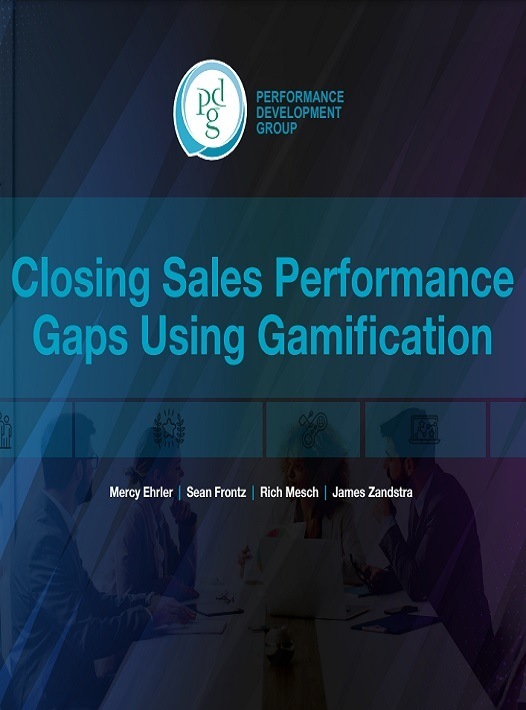Tips To Implement Gamification And Boost Engagement
Gamification is an engaging way to drive engagement. Some of the traditional rules of game design apply. Keep your games simple, easy to understand, and fun to play to build engagement and enhance performance.

8 Drivers To Successful Gamification
1. Set A Clear Goal
Goals are an inherent part of the sales process; why should games be different? Whether it’s to win money, own all the properties, or capture the king, well-crafted games have goals—and several challenges to overcome to reach them.
2. Be Smart About Using Time
Sales reps want to be spending their time talking to customers and finding new business. Make sure the gamification is something they can do in short bursts between activities.
3. Keep The Rules Simple
When it comes to corporate gamification, the rules need to be simple so that players can learn them quickly or as they play the game.
4. Have Many Levels Of Winning
Levels are a common concept in gaming—you win one challenge, and then you level up to the next challenge. Having multiple challenges helps establish a journey and gives your players numerous opportunities to win.
5. Drive Competition
Salespeople love to compete, so make the competitive aspect front and center in the game by using a leader board.
6. Ensure Learning Content Is Solid
Vet your content with sales leaders and follow your own rules when designing. Engagement will wan the second a player feels the game didn’t work the way it was supposed to, or the content is not consistent with how it is done in the field.
7. Embrace The Unexpected
Change things up to keep it interesting. For example, in a sales game focused on earning access to an executive, you work diligently with a gatekeeper to gain access— only to discover late in the game that your gatekeeper has been fired and you need to find another way in. It was a gut punch, it was real, and most of all, it was interesting.
8. Highlight Successes And Downplay Failures
In most games, there are winners and losers. In gamification, minimize “losing” so that players don’t become discouraged. Focus on what the player has achieved and provide opportunities to replay bad choices (even if those replays don’t earn them any points).
6 Mistakes That Impede Gamification Success
-
Too Complex
While there are exceptions, it’s rare for a sales audience to be full of hardcore gamers. If the rules or structures of the game are too complex or too hard to remember, your audience may be reluctant to engage.
-
Unclear Goals
Well-constructed games have goals or levels that players achieve to advance. Whether rescuing the princess or capturing the king, games are more engaging when you know what you’re trying to accomplish.
-
Too Time-Consuming
If the game takes too long to advance or finish, you’ll lose your audience. Design your game in small chunks—5–10 minutes a day over several days is a good cadence.
-
Missing Motivators
Achievement drives many people. If your game is boring, your audience will lose interest. Change things up—move to a different level or a different challenge— and your audience will come with you.
-
The Game Isn’t Fun
Much gamification is just “dressing up” a test. Tests aren’t fun. No fun equals no engagement. Scrutinize the design of your game and beta-test it with a similar audience to see if it passes the “fun” test.
-
The Impenetrable Leaderboard
In some games, once players reach the top of the leaderboard, it’s nearly impossible to knock them off. This can be frustrating for other players. Design your game so there’s mobility on the leaderboard; one way is to have more points awarded for later challenges so it’s easier to knock the leaders off.
In Sum
Download the eBook Closing Sales Performance Gaps Using Gamification to identify and address pain points that prevent your sales teams from achieving their goals. You can also join the webinar to learn how to close gaps for good and help sales reps who struggle to meet their quotas.

